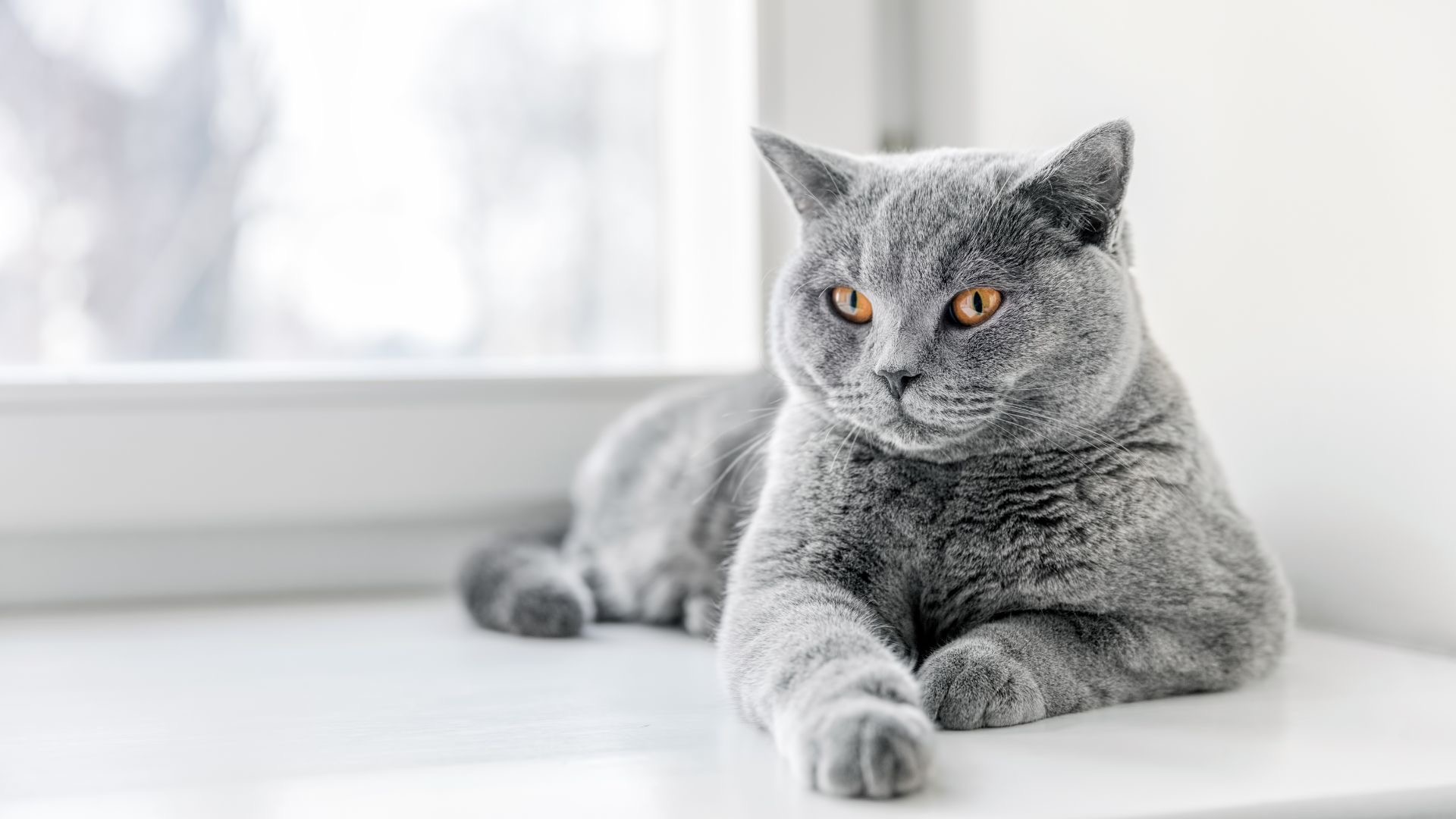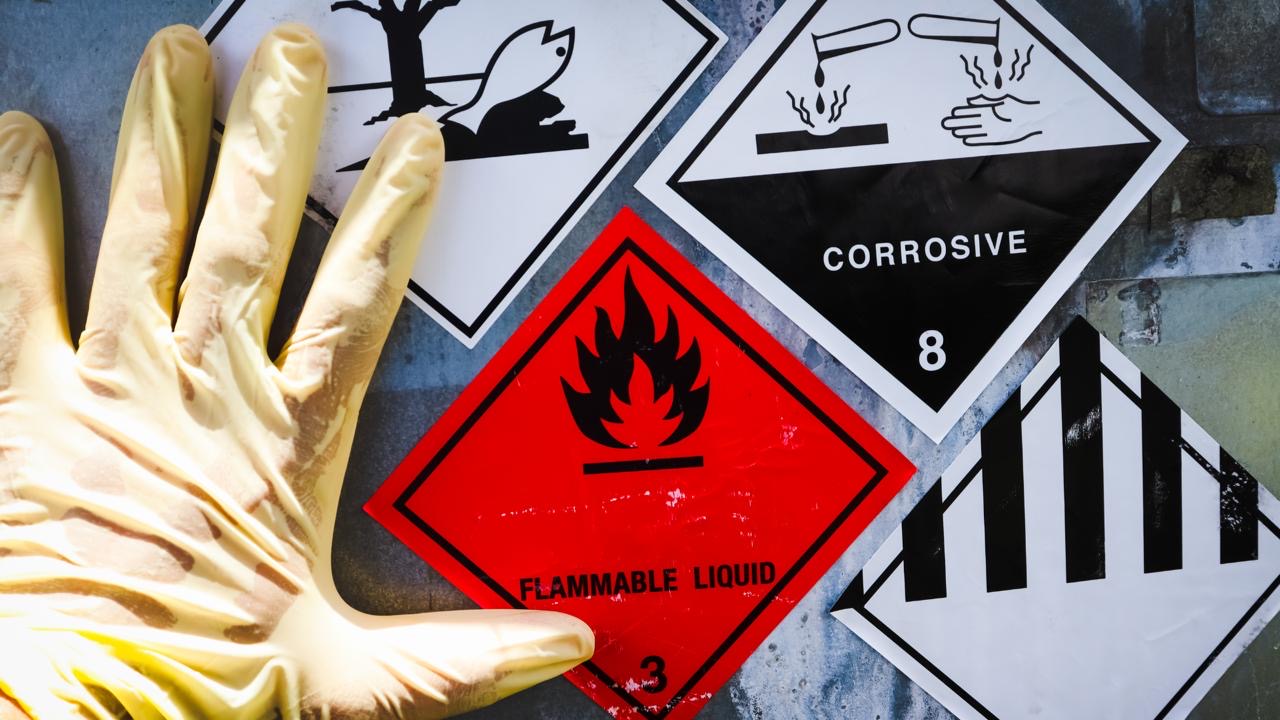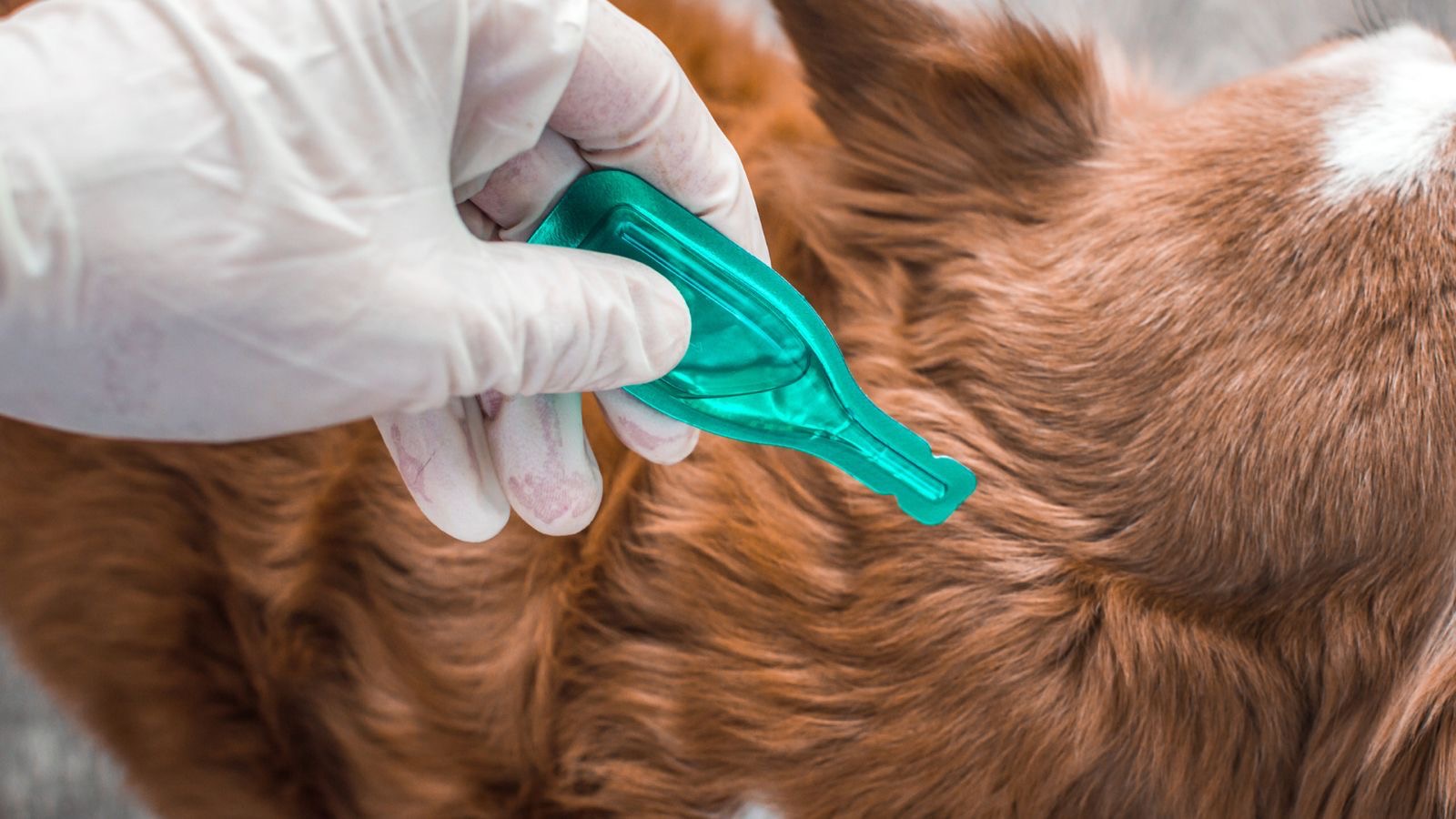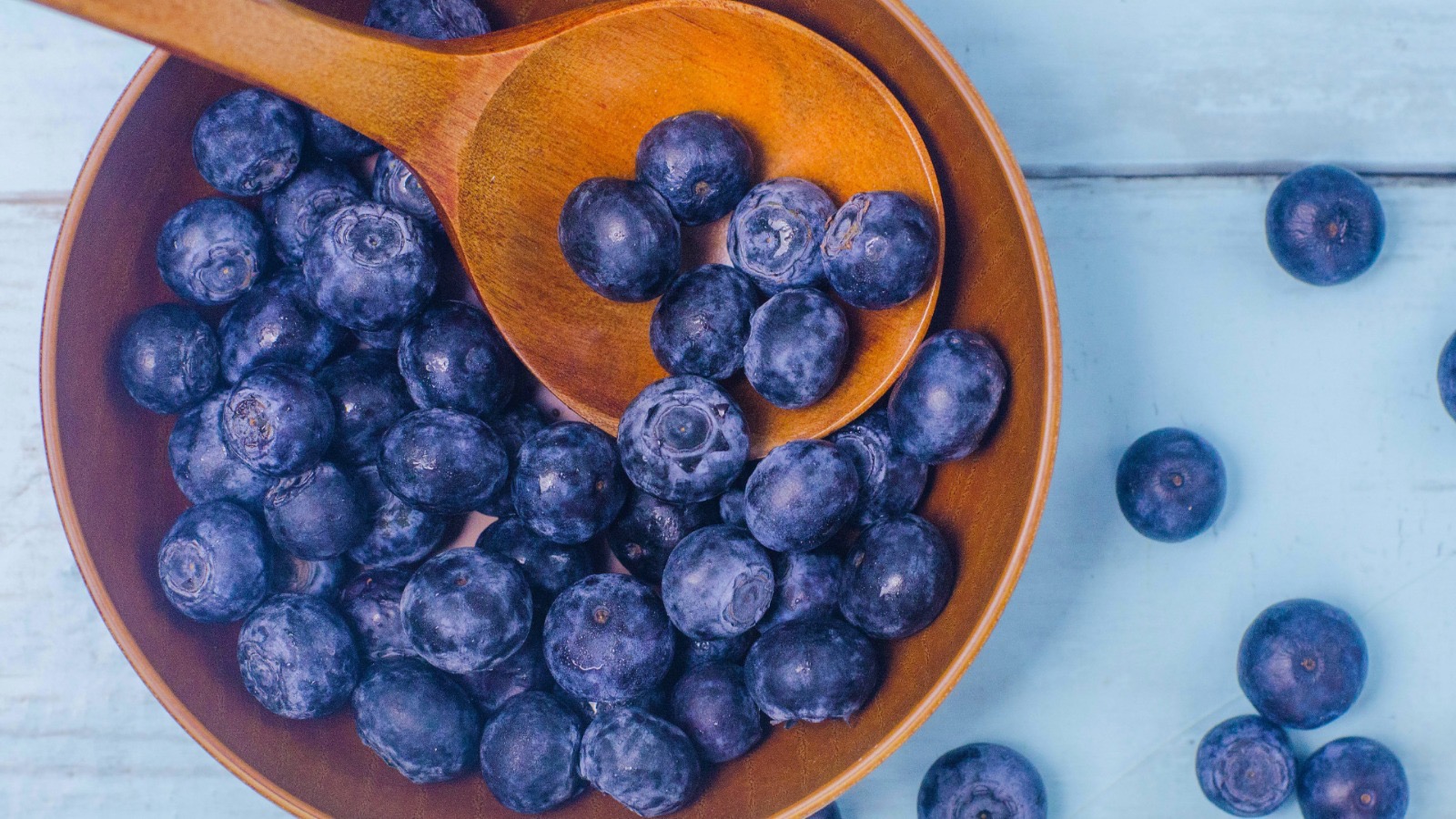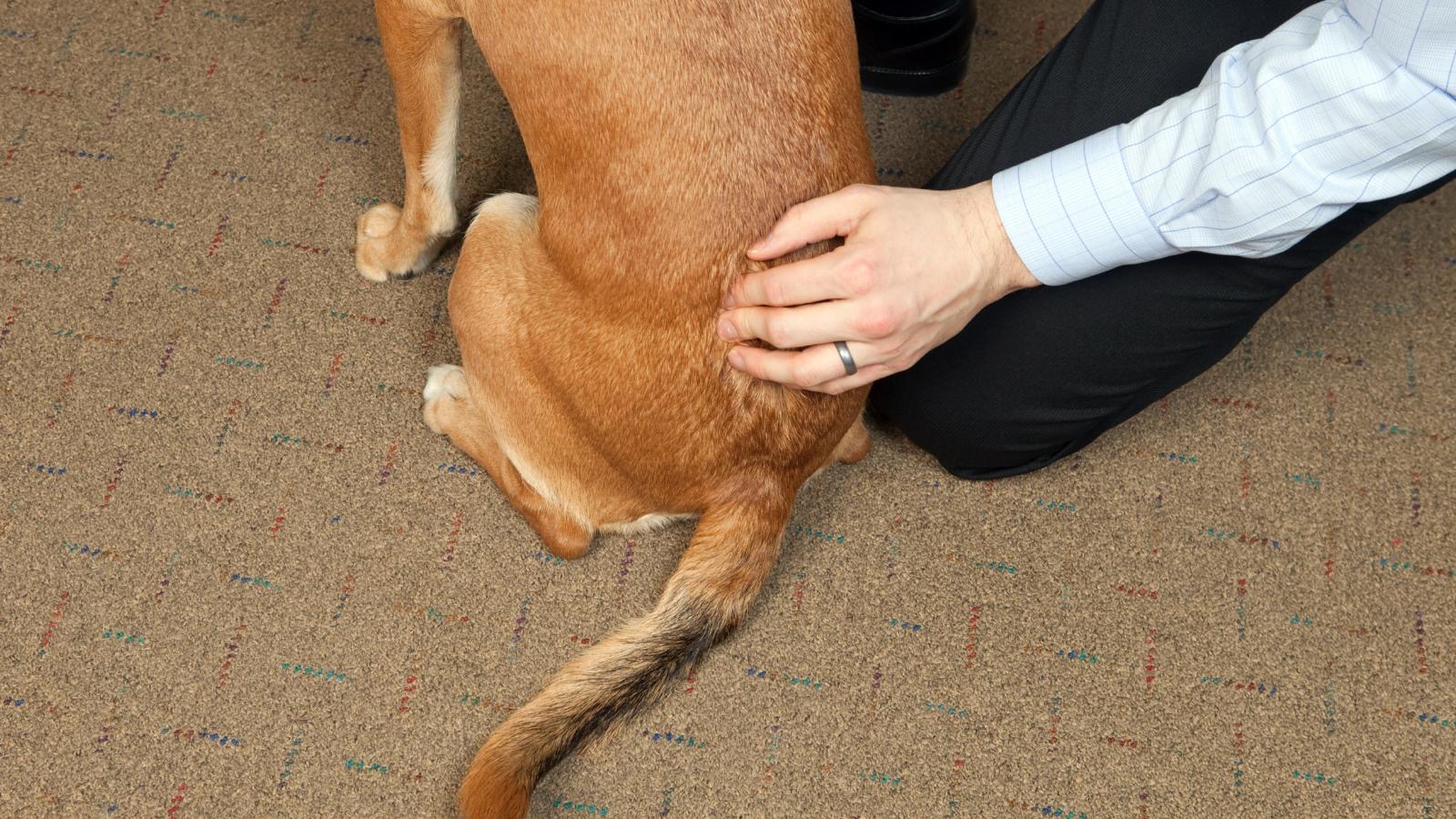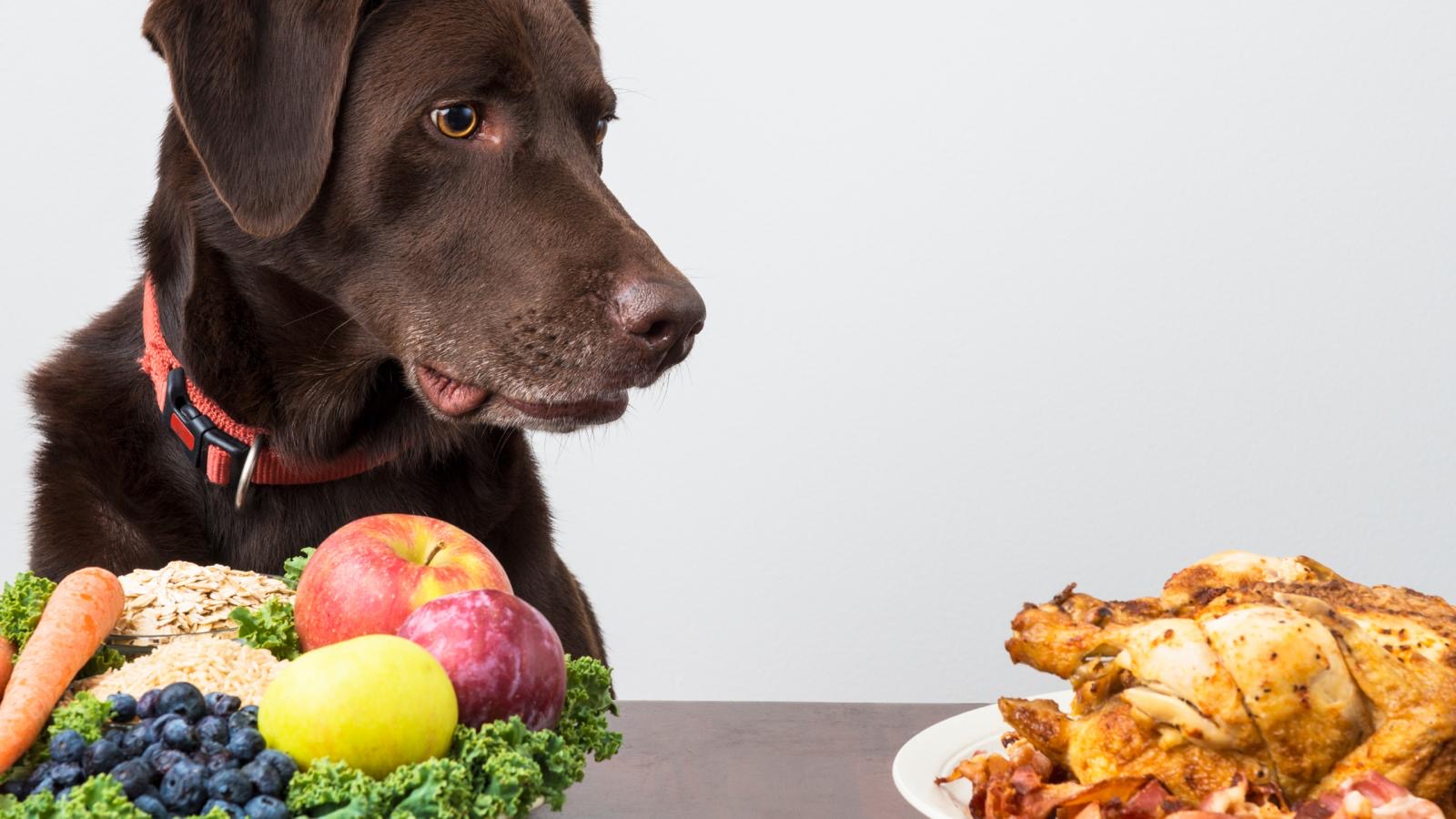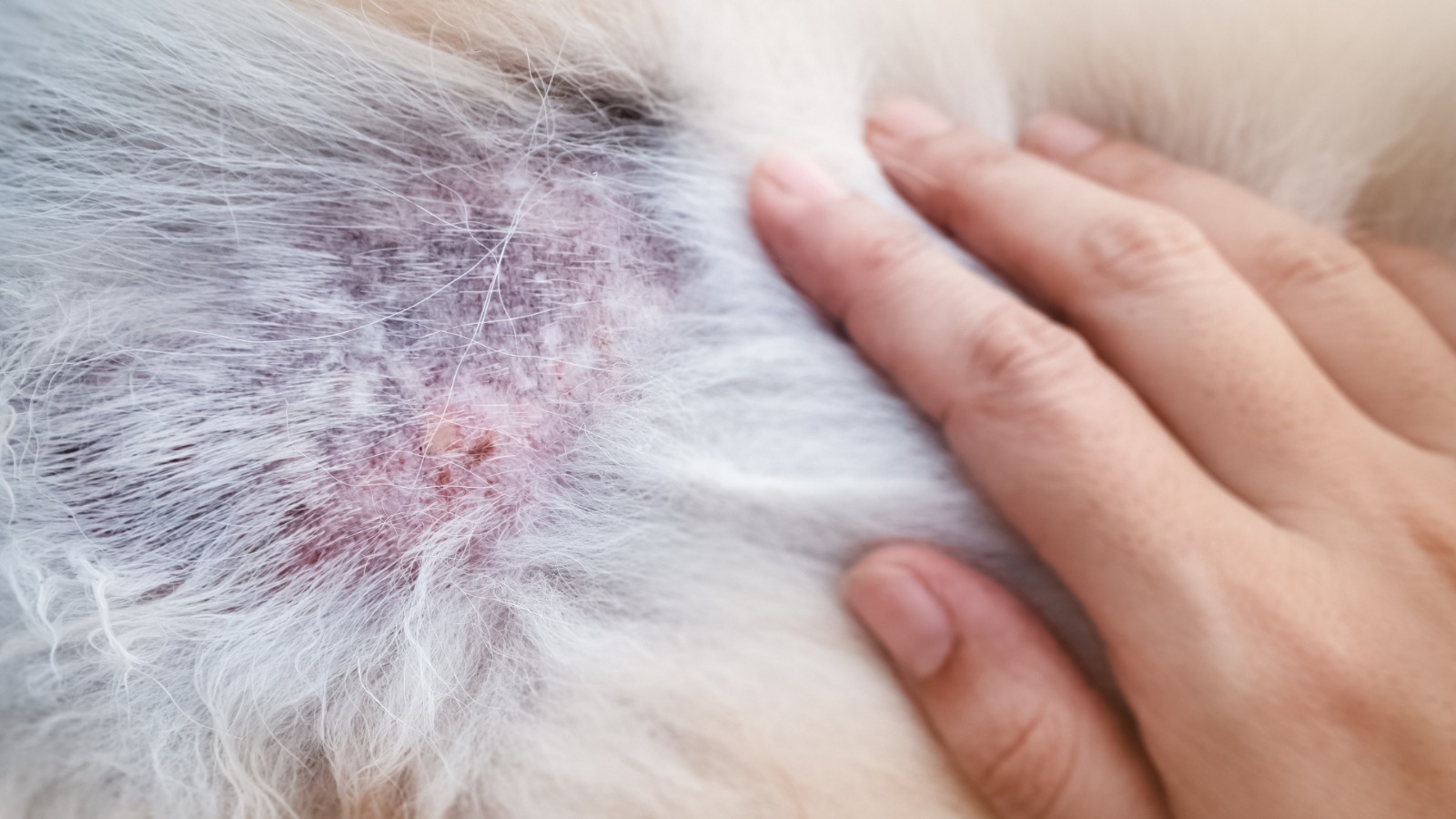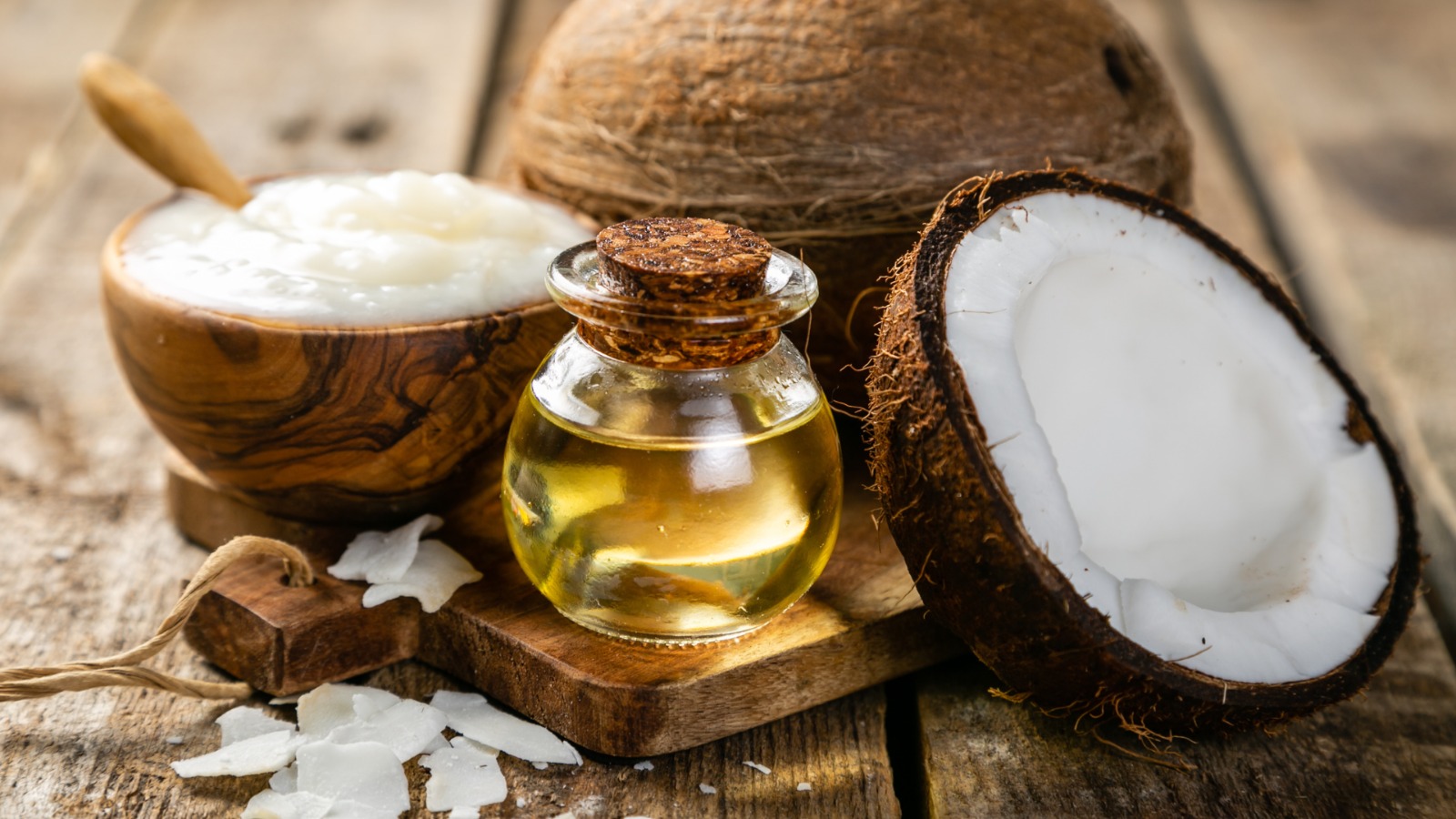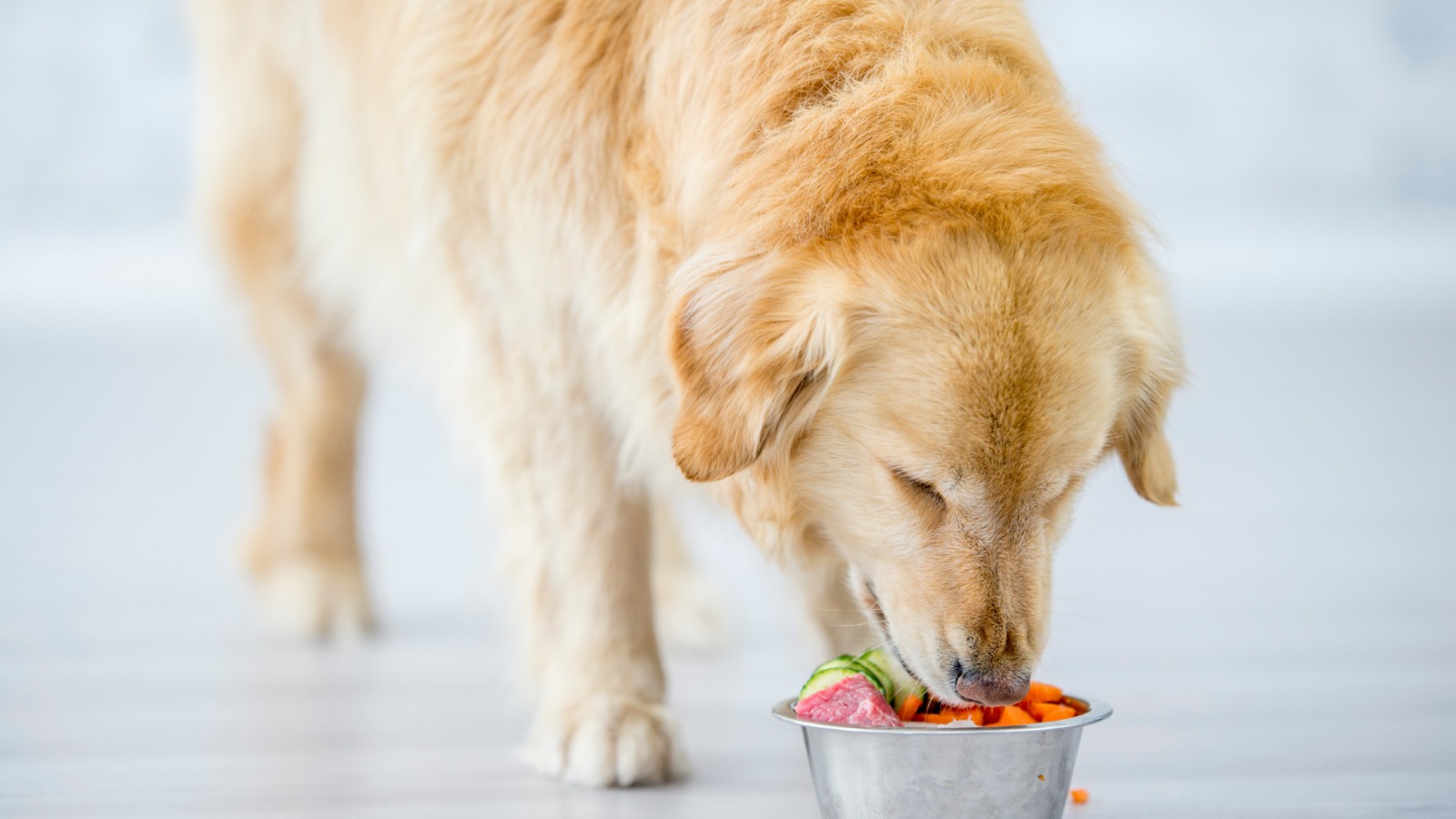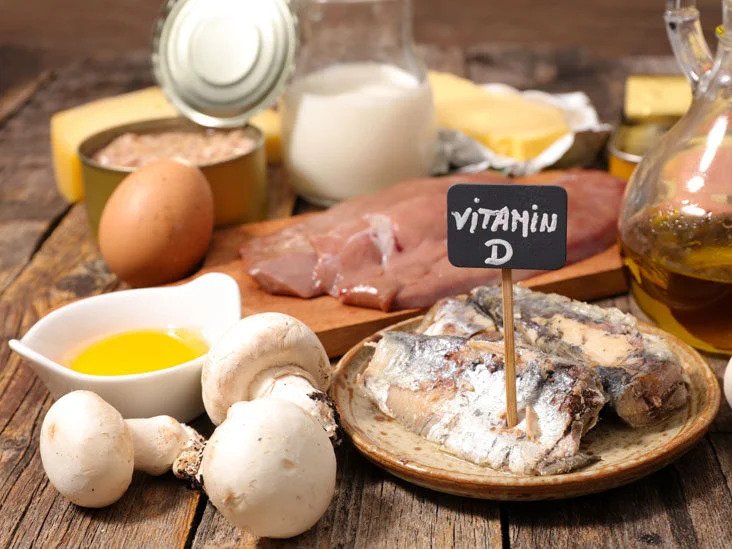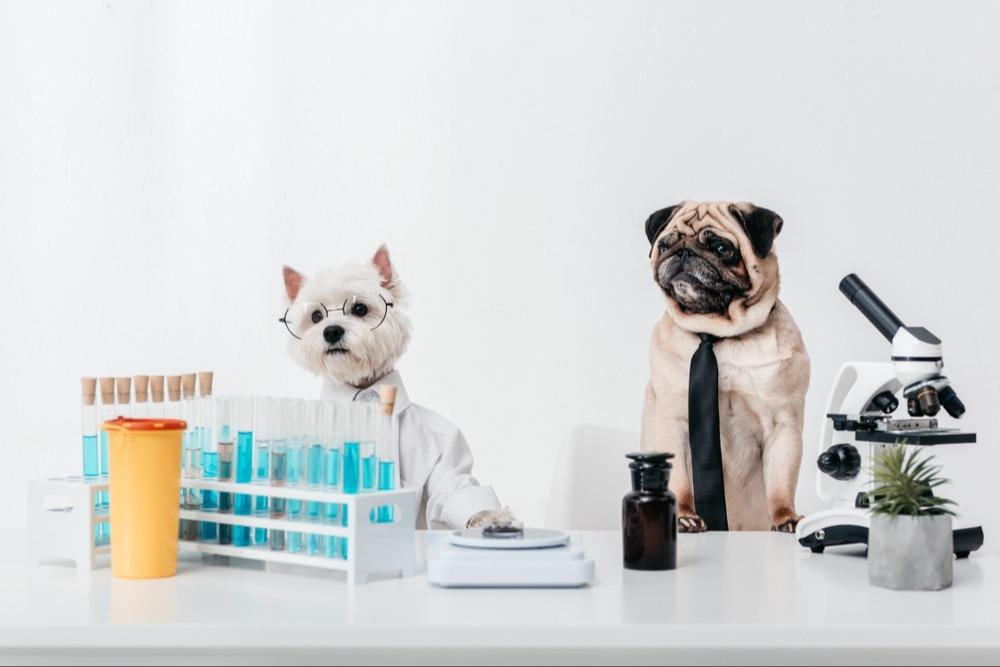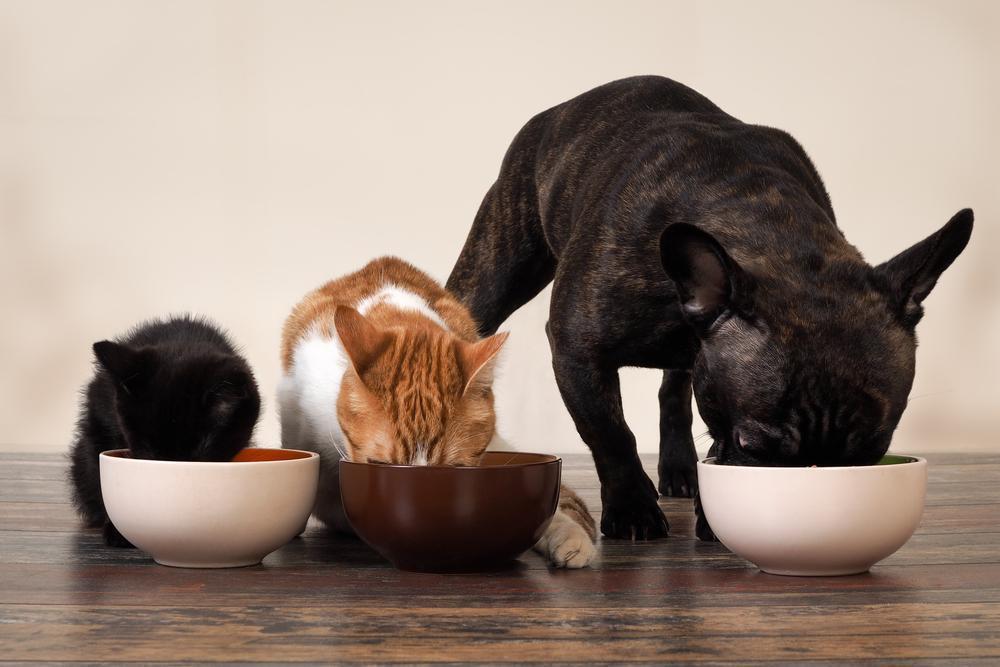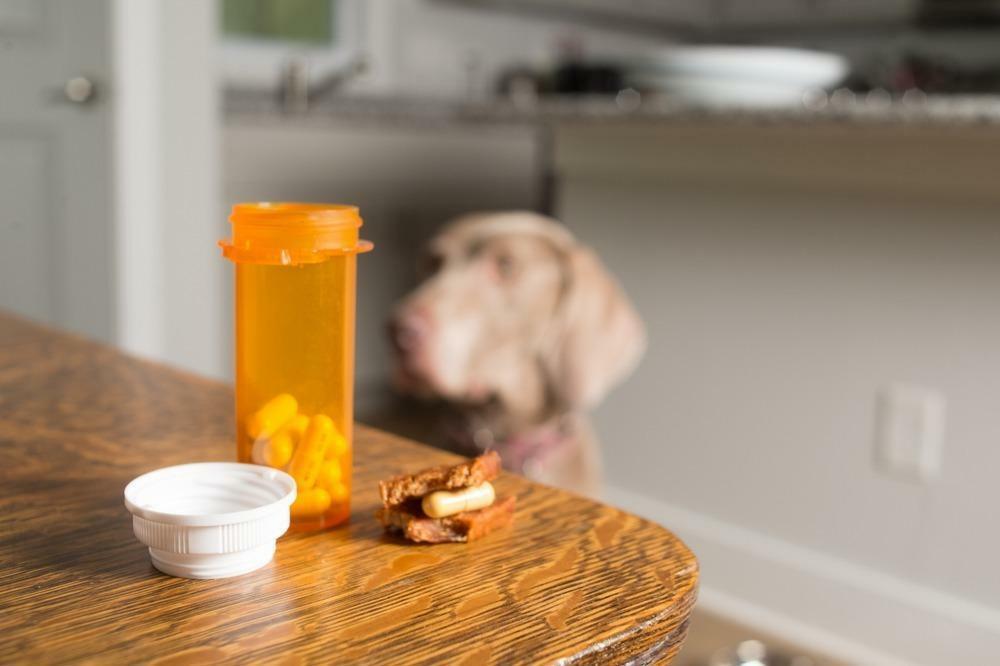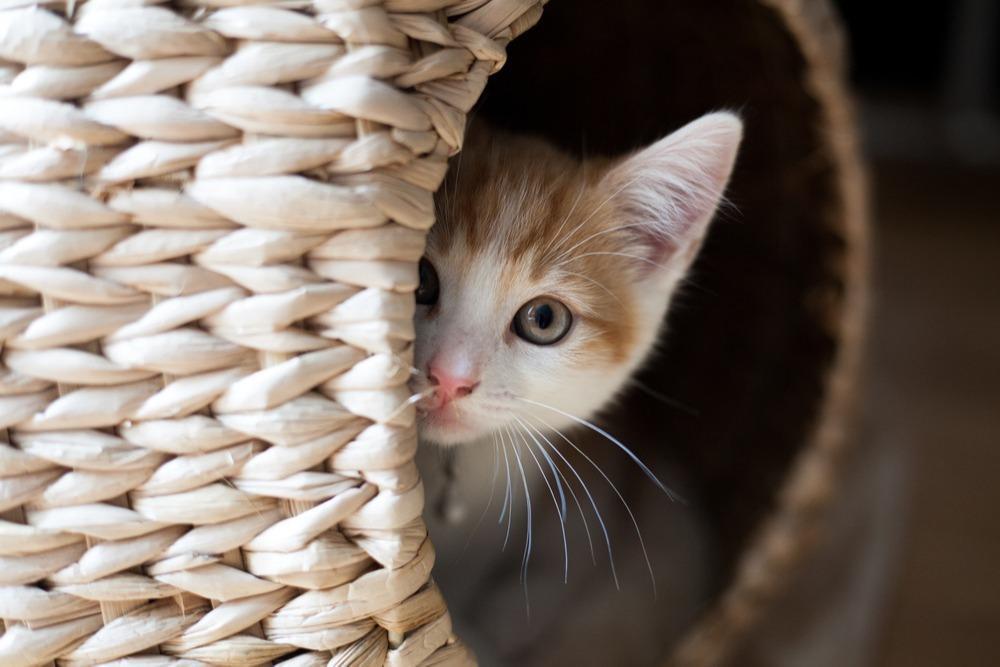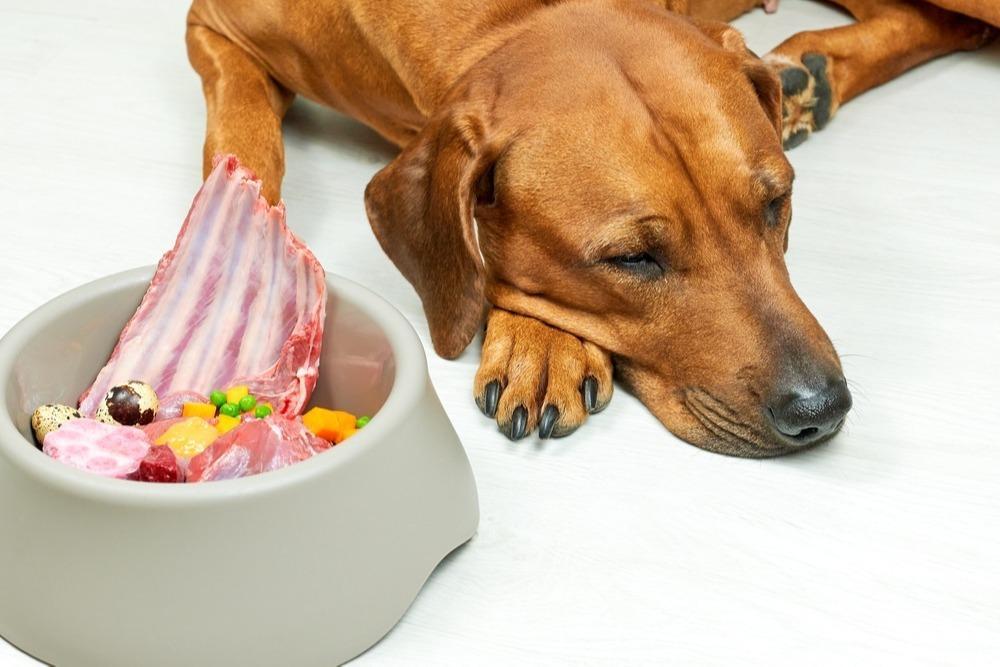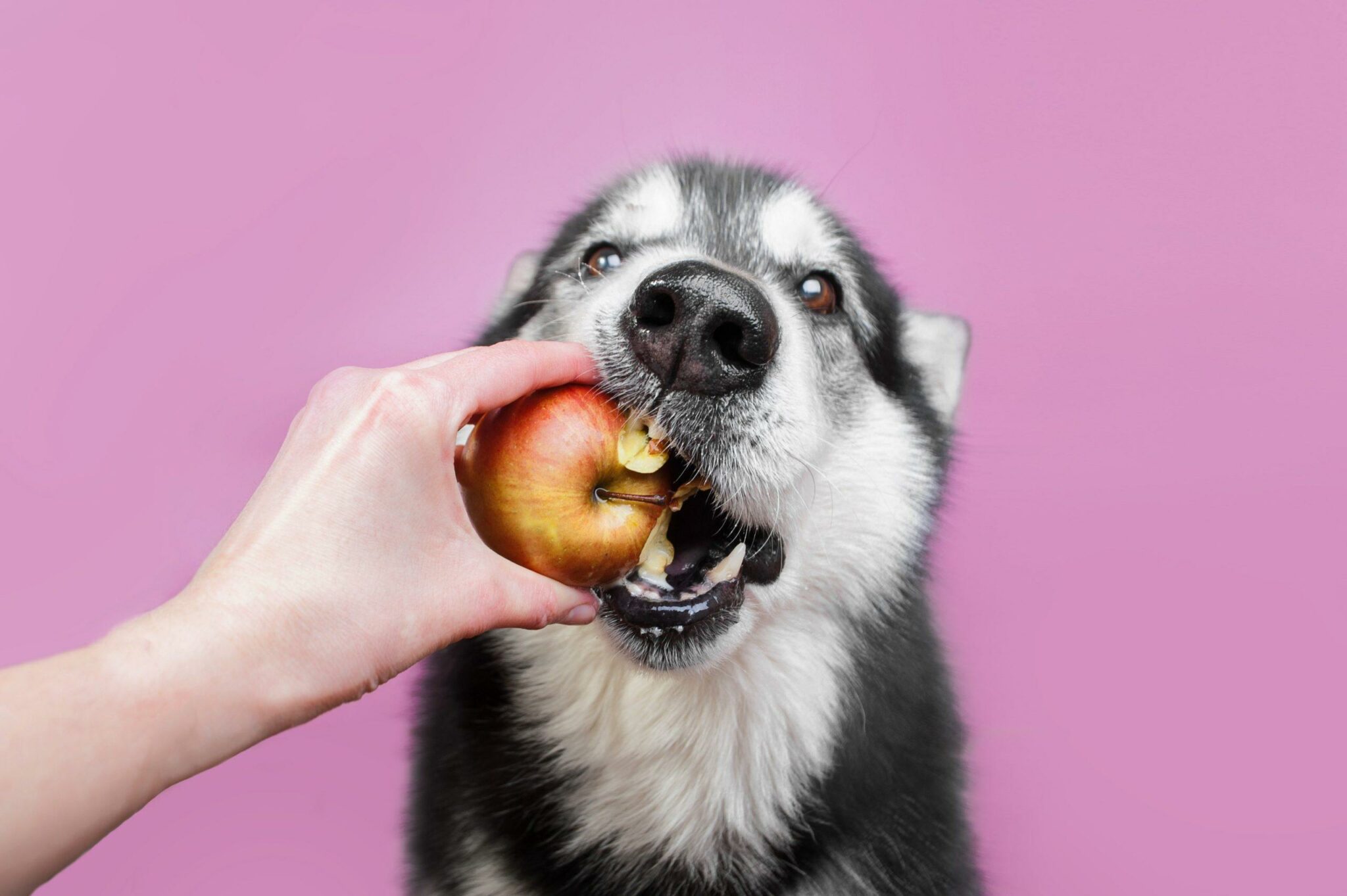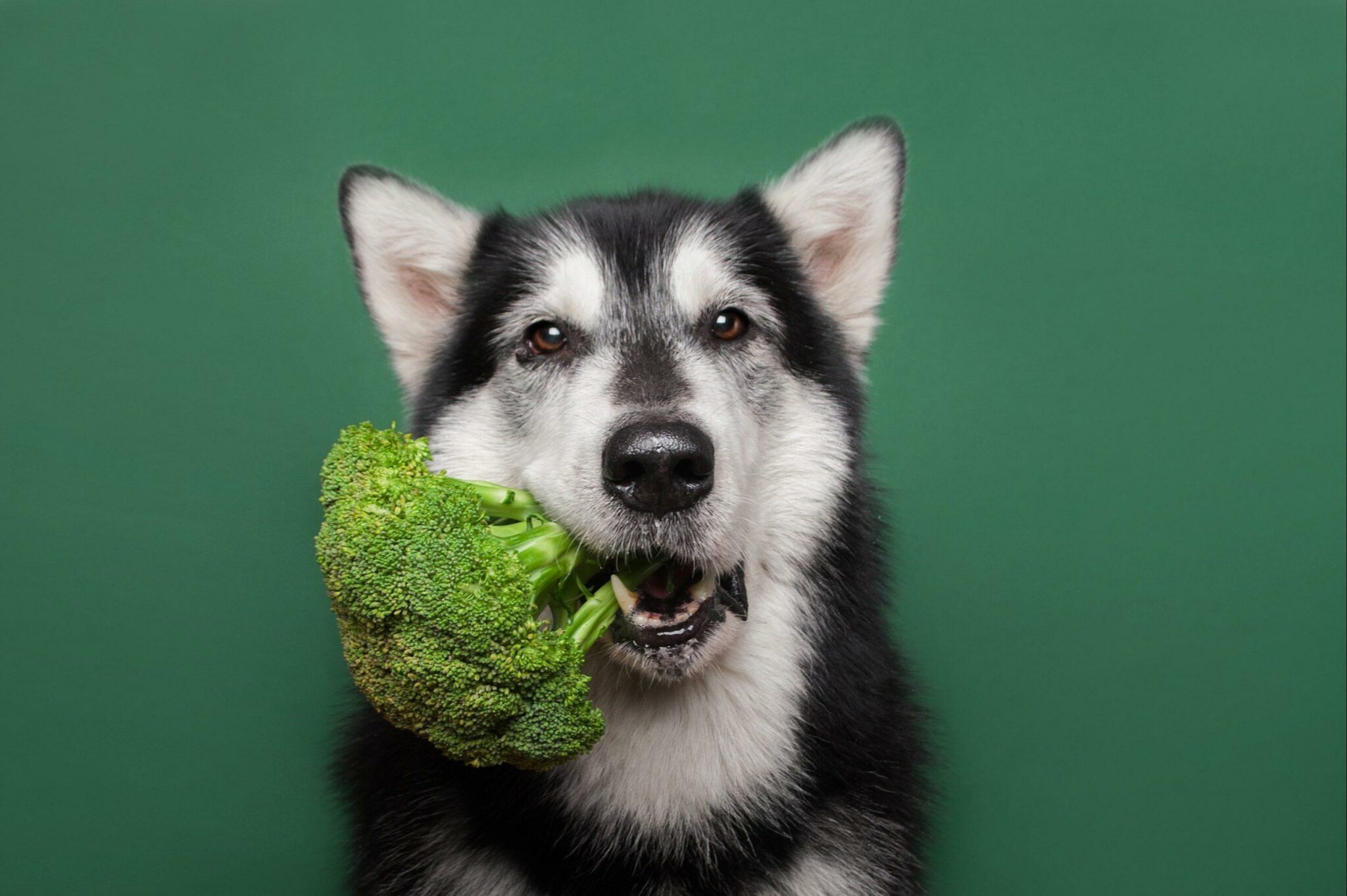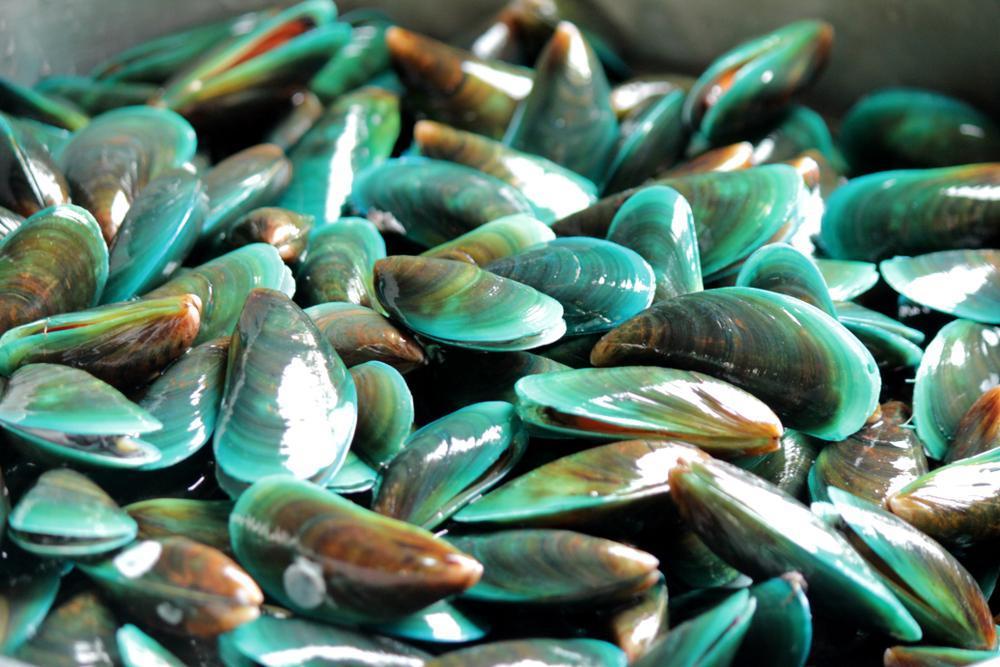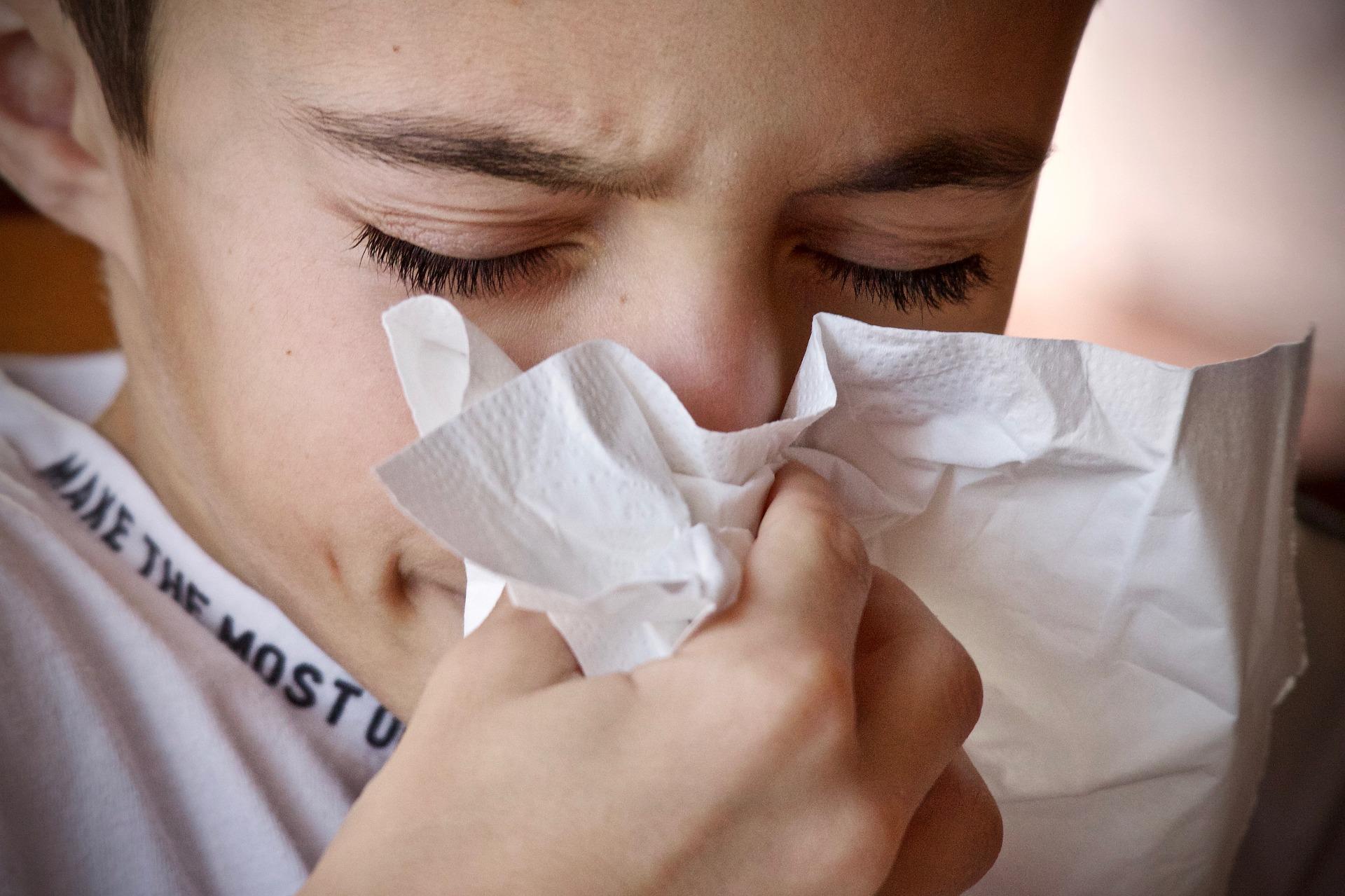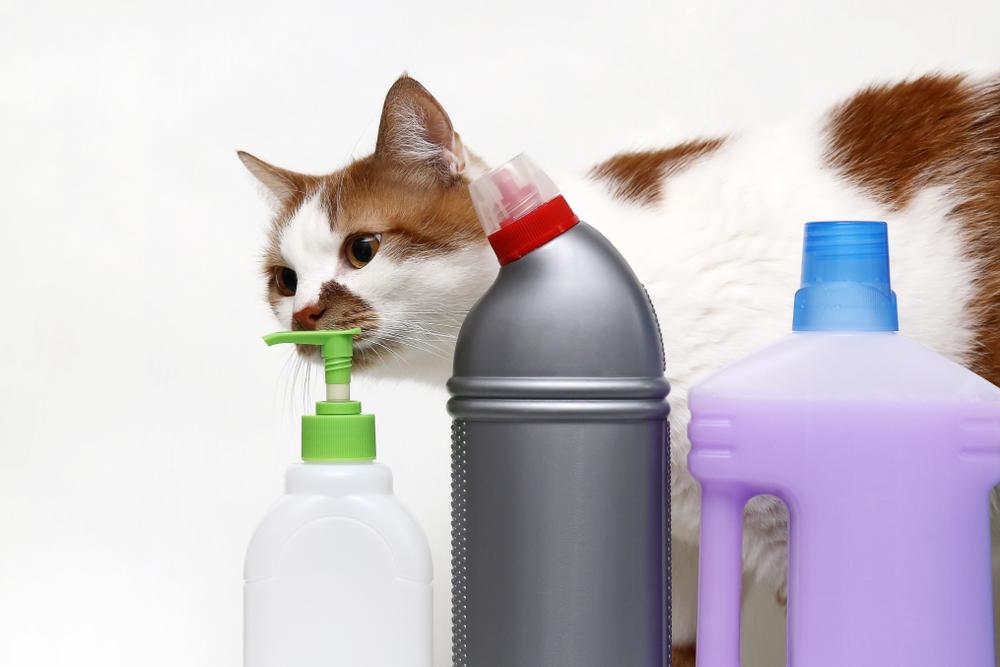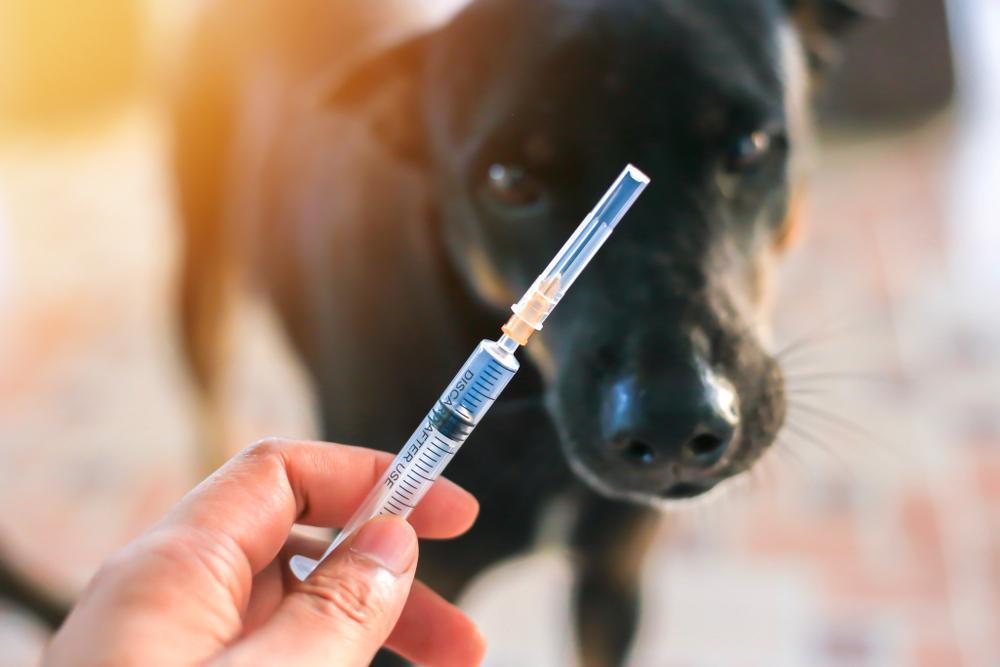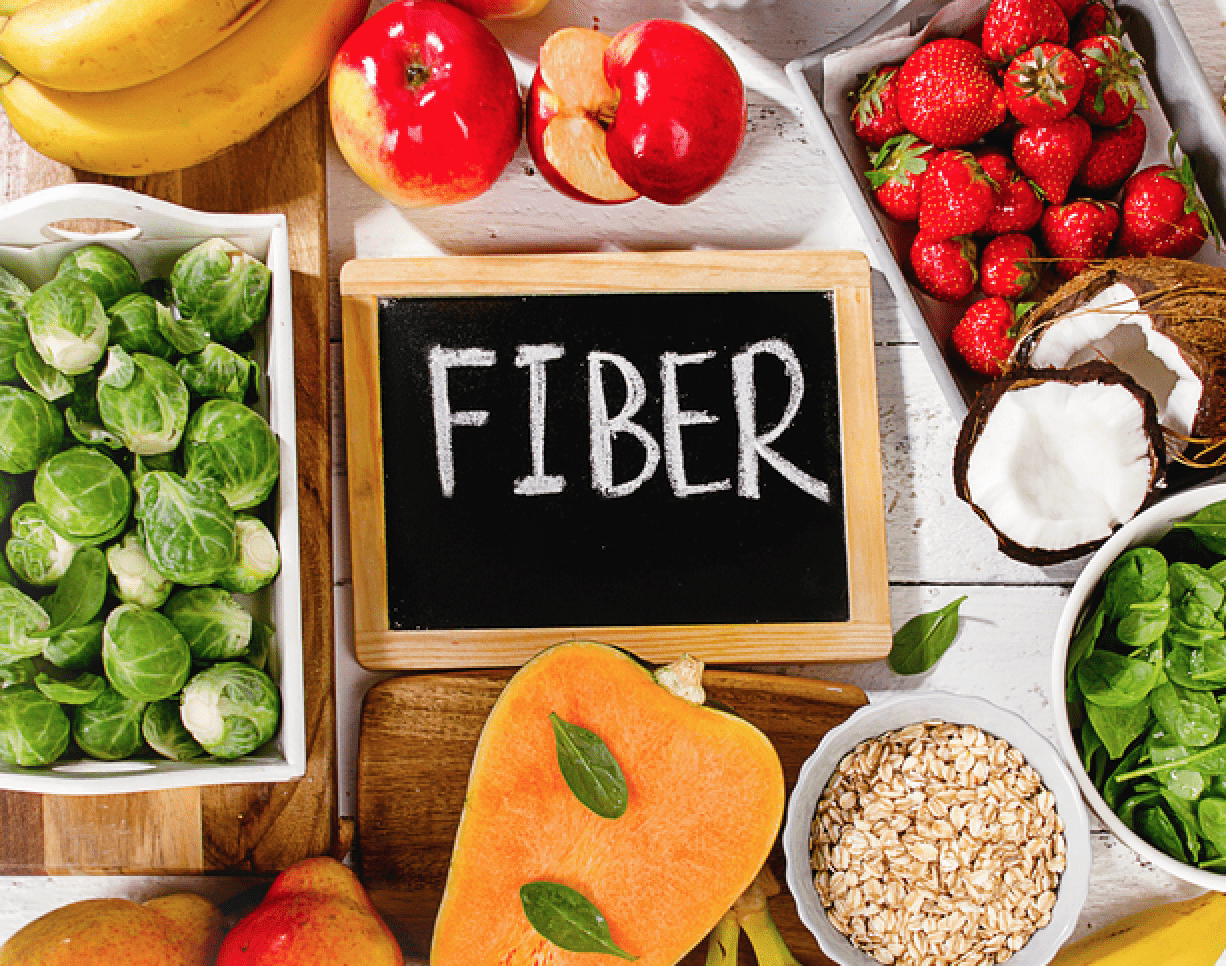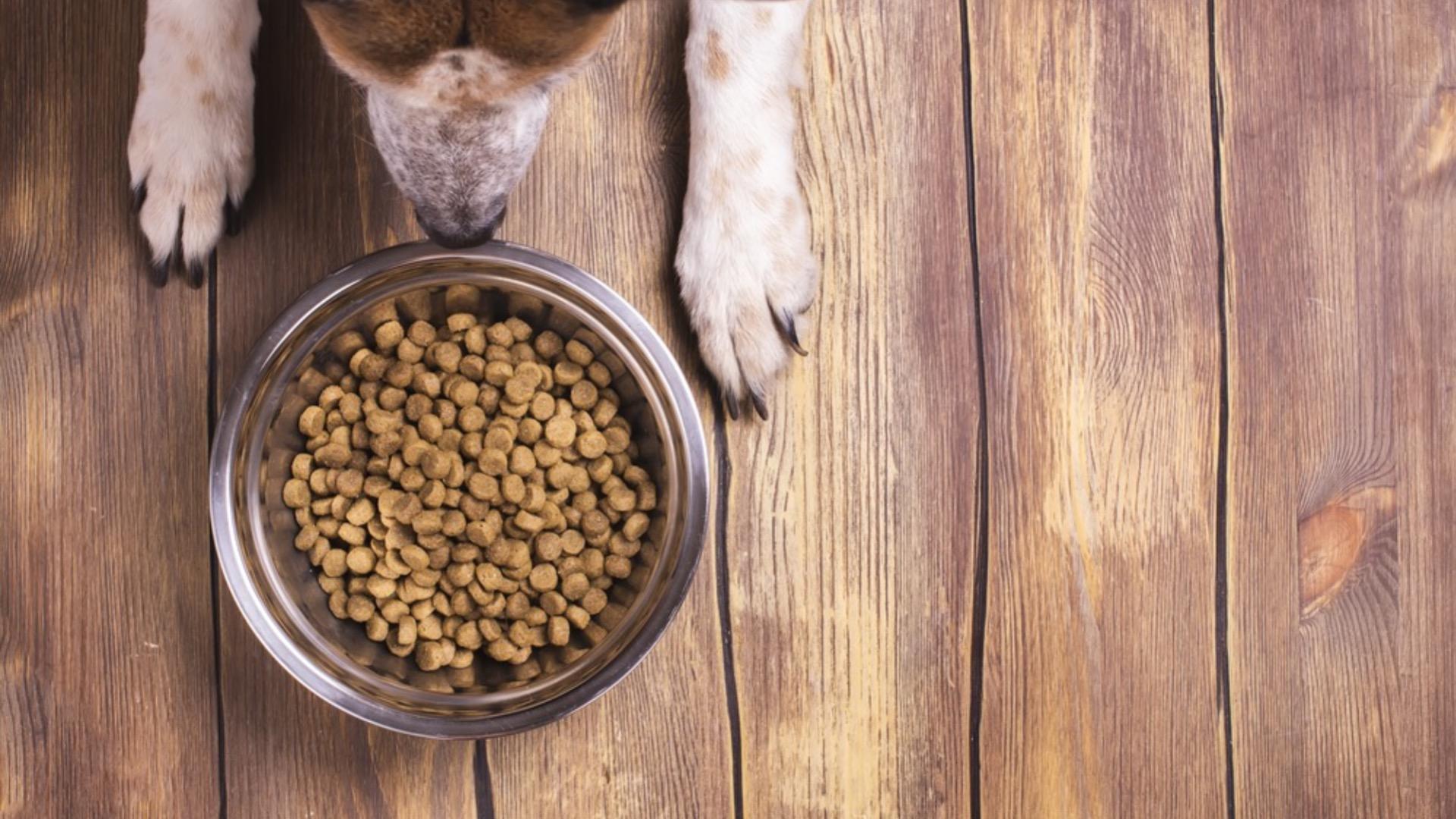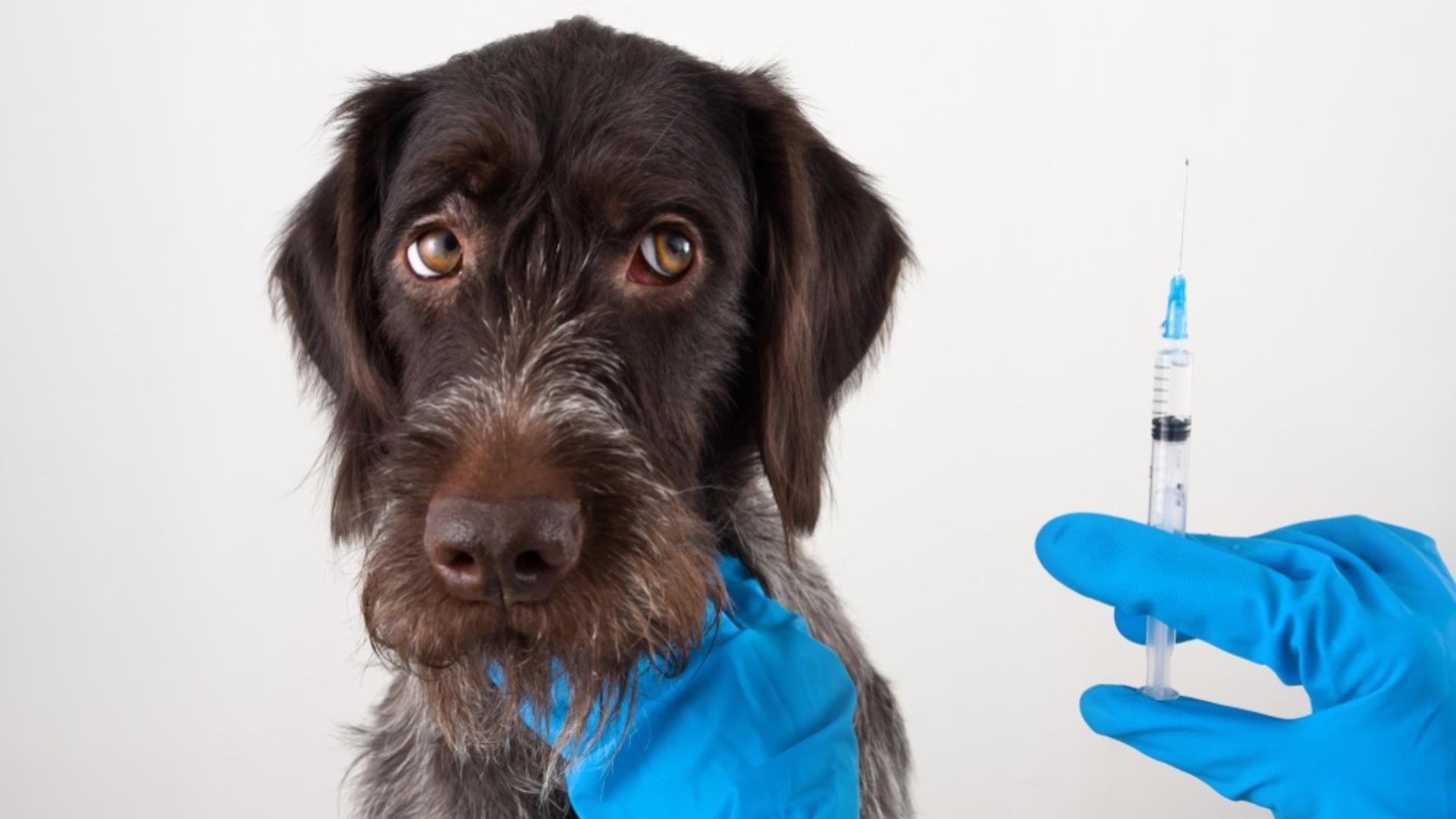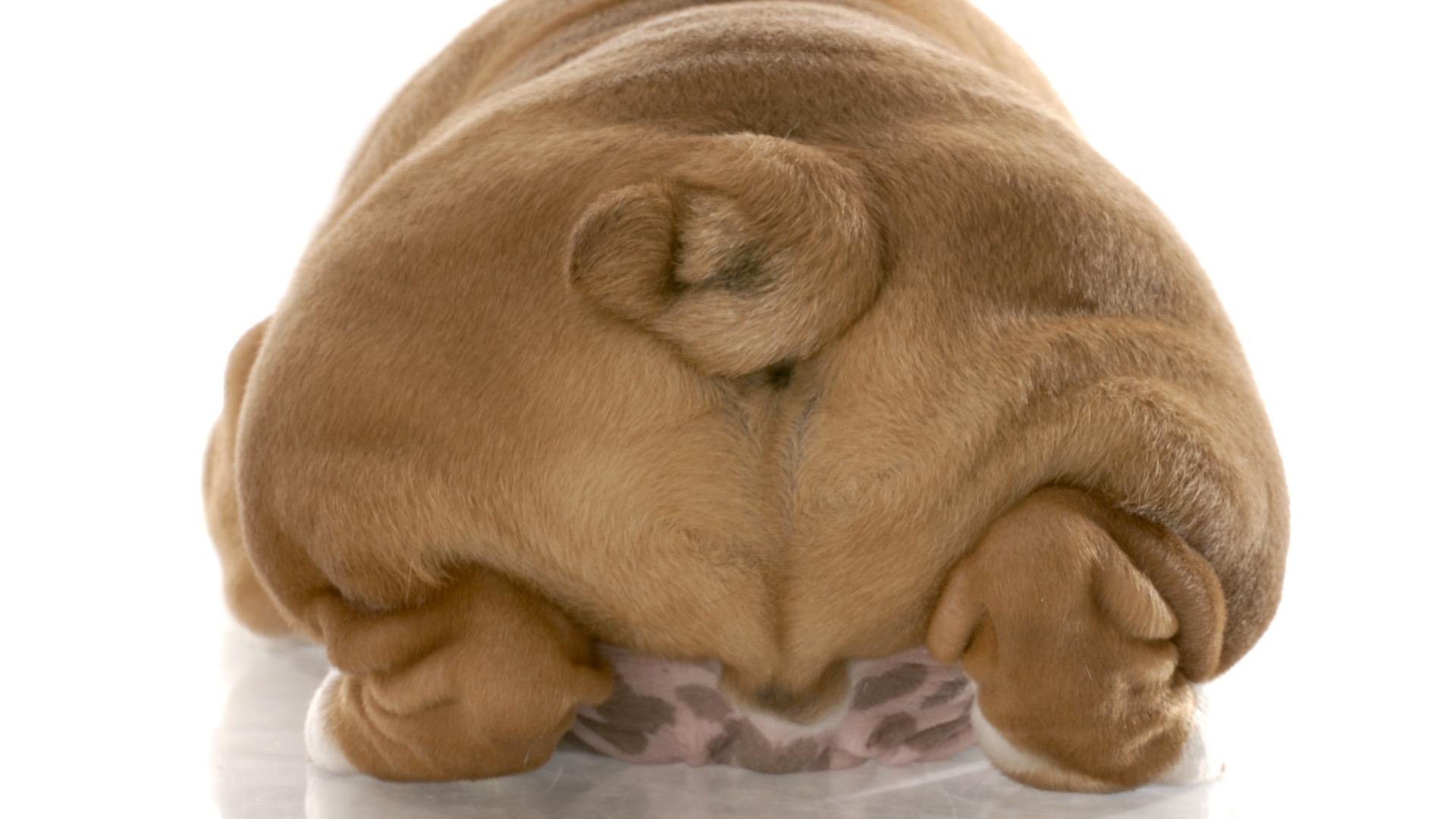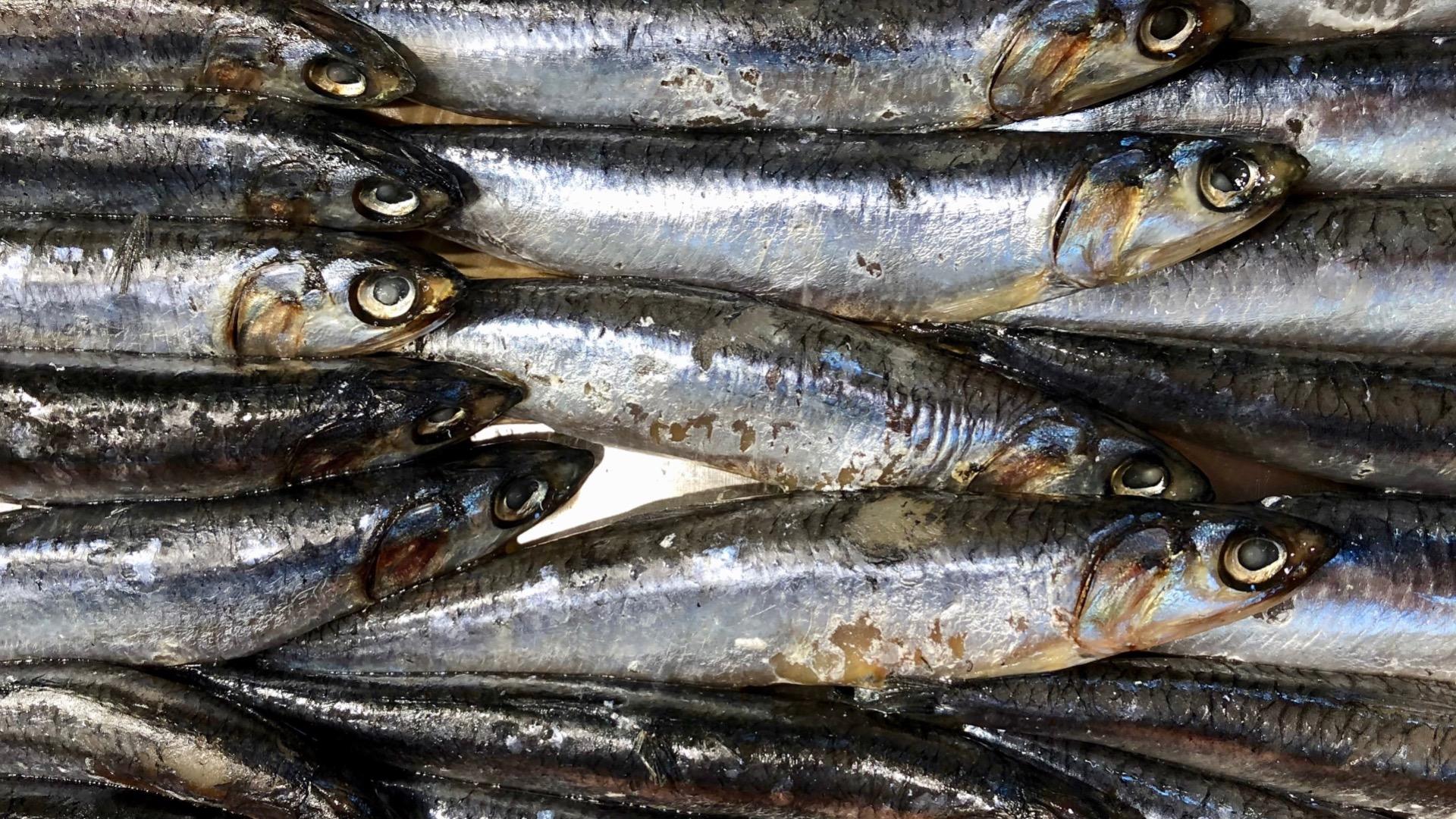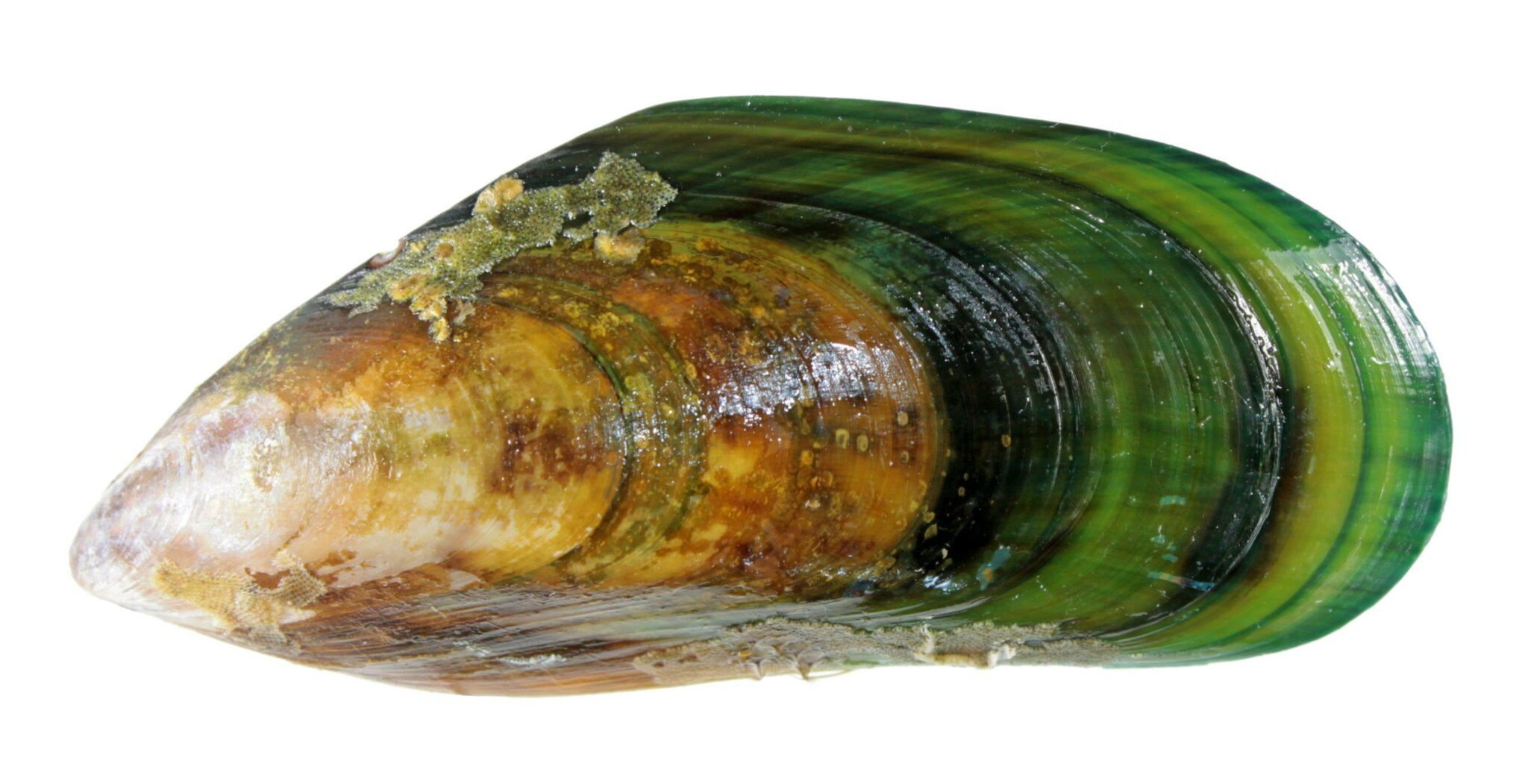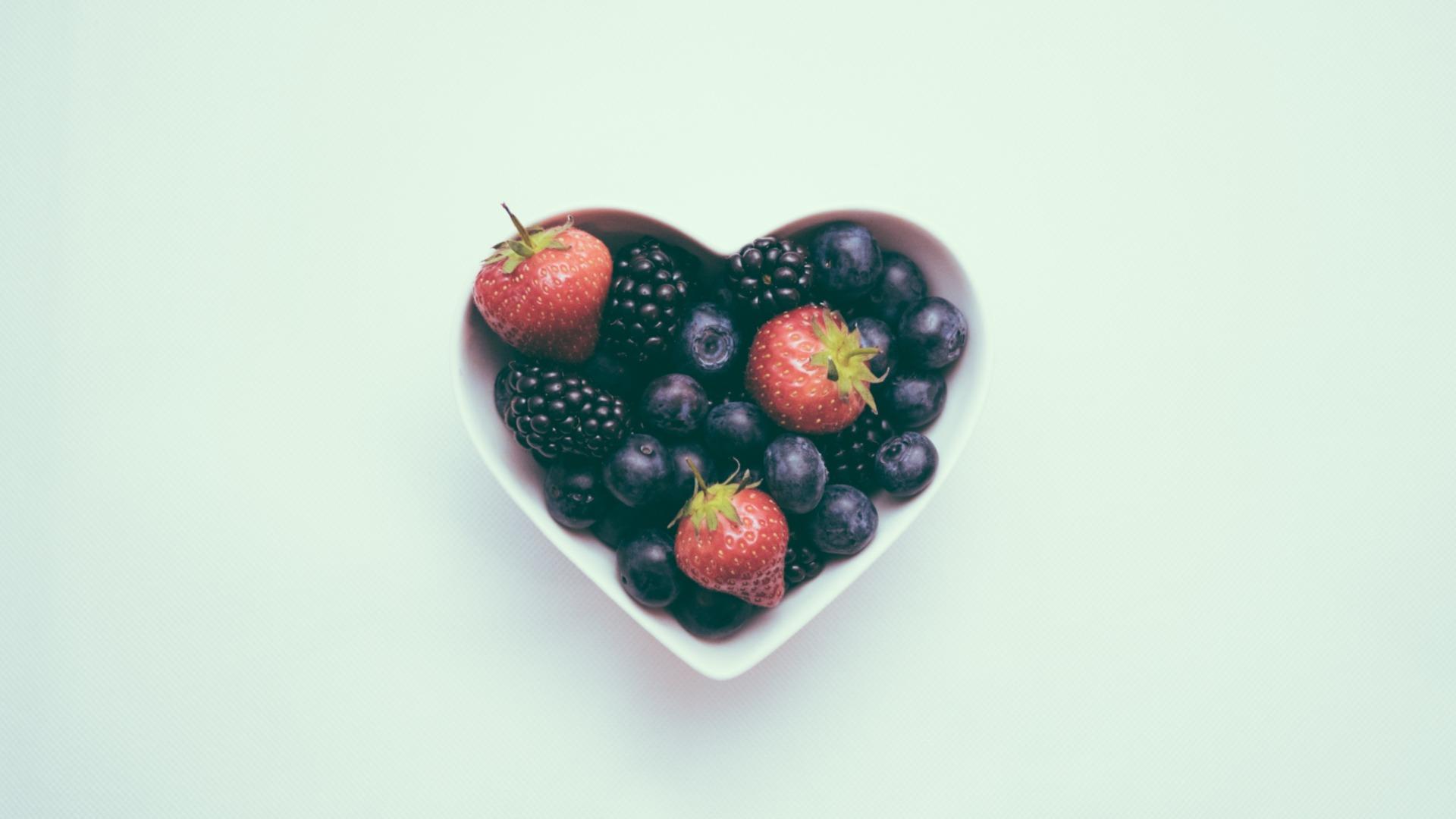In human realms, we trace the importance of iron back to the Egyptians, Hindus, Greeks and Romans. During the 17th Century, iron was used to treat chlorosis (green disease) which was a condition resulting from iron deficiency. But we didn’t really understand the importance of inorganic iron until around 1932 – this is when we found out about its role in haemoglobin synthesis.
As we’re always a little behind in our canine findings, we possibly still to this day don’t respect this trusty mineral as much as we should, so here at My Pet Nutritionist, we thought we’d explore it in a little more detail and it’s importance in pet health.
Functions of Iron
Oxygen transport
Oxygen storage as myoglobin
Energy production
Cofactor for multiple enzymes
Production of neurotransmitters and thyroid hormone
We understand the important role of iron when we look at how tightly regulated it is in the body.
The body has three unique mechanisms for maintaining iron balance and preventing deficiency and overload:
- Storage of iron
- Reutilisation of iron
- Regulation of iron absorption
Iron from food is mainly absorbed in the duodenum (the first part of the small intestine). Iron can be in ferrous state (Fe2+) or ferric state (Fe3+).
Fe3+ is not directly absorbed, but Fe2+ is easily absorbed.
In the intestine, Fe3+ is converted by ferric reductases into Fe2+ and then when required by the body, iron is transported by transferrin (a blood-plasma glycoprotein) to bone marrow and other tissues.
Iron is required for the transport of oxygen, oxygen storage in muscle, and is also a component of energy production.
After absorption, any iron that isn’t needed, is stored as ferritin in the liver, spleen or bone marrow. During times of high need, iron is then released.
Most of the iron in the body is contained within red blood cells. Red blood cells have been noted to have a life span of around 115 days but when they reach the end of their life span, they release iron. The resultant liberated iron can be reused to produce new erythrocytes in bone marrow, stored as ferritin or released back into systemic circulation.
Iron Disorders
Iron deficiency anaemia is the common condition associated with decreased iron levels, resulting in low circulating haemoglobin and reduced myoglobin.
In dogs, iron deficiency anaemia is usually secondary to some form of chronic blood loss, but it is also seen in puppies fed poor diets or who have severe parasitic infections.
Signs of Iron Deficiency Anaemia:
- Pale gums
- Low energy
- Weight loss
- Laboured breathing
- Increased heart rate
- Signs of blood loss
Iron deficiency is also associated with lower T and B lymphocyte, macrophage, and neutrophil function and so immune function can be significantly compromised.
Your Pet’s Immune System
On the other side of the scale, iron toxicity is generally associated with over-the-counter supplementation. At the cellular level, iron can impair metabolism in the heart, liver, and central nervous system.
Iron is generally tightly bound to proteins in the body, preventing reaction, but in times of overload it becomes available in free form which disrupts oxidative phosphorylation, catalyses lipid peroxidation, forms free radicals and ultimately leads to cell death.
It is this reactivity that ensures levels are tightly regulated in the body. This is largely through absorption regulation.
There is no controlled mechanism for the excretion of excess iron, which would suggest that the average body would consistently possess sufficient levels. This sadly, is not the case.
Daily losses for the average body are through the gastrointestinal tract via exfoliation of cells, and through the skin and urinary tract. Periods of growth and development have higher needs and pregnancy too increases the demand.
Factors Affecting Absorption
There are many dietary factors that affect absorption of iron and subsequently influence iron regulation in the body.
There are two sources of iron:
- Haem is found primarily in meat and meat products
- Non-haem is found in plants.
Haem is generally well-absorbed, whereas non-haem absorption is largely affected by other factors.
Common inhibitors of iron absorption are phytates, tannins, starch, and proton pump inhibitors.
Phytate binds to minerals, rendering them less available and they are commonly found in nuts, grains, pulses and tubers. Whilst tannins have been suggested to have antioxidant properties they play an inhibitory role in iron absorption. That said, unless you offer your dog tea on a regular basis, tannins are unlikely to be an issue.
Proton pump inhibitors do exactly what they say on the tin. Gastric acid is secreted from cells found in the stomach. These cells contain proton pumps to secrete this very acid. Proton pump inhibitor medications come along and turn off these pumps, which stops the secretion of gastric acid.
Unfortunately for us, stomach acid is important in releasing iron from ligands in food and in solubilizing ferric iron by converting it to ferrous form, so low levels of stomach acid can impair iron absorption and utilisation.
Findings Here
However, studies have demonstrated that when a multivitamin was administered alongside PPIs, iron absorption was not affected. The vitamin C found in the multivitamin is thought to be protective even alongside PPI medication.
Vitamin C is seen as a potent facilitator of iron absorption because ascorbic acid reduces ferric to ferrous iron, which is therefore absorbable.
Iron Regulation
The central regulator of iron homeostasis is hepcidin. If hepcidin genes are removed, the host becomes loaded with iron.
Iron is regulated through a negative feedback loop. Its presence stimulates hepcidin production and in turn blocks dietary iron absorption. In cases of iron deficiency, hepcidin is suppressed, allowing increased absorption of dietary iron.
As the name suggests, hepcidin is a hormone produced in the liver and its synthesis is modulated by iron, inflammation and erythropoietic signalling.
High hepcidin levels are noted during times of infection and in health issues like chronic kidney disease.
Kidney Disease in Pets
High hepcidin levels block intestinal iron absorption and macrophage iron recycling, effectively withholding iron from invading pathogens.
Iron and Inflammation
When inflammation is prolonged, iron availability is significantly reduced affecting the production of red blood cells and resulting in anaemia. This is termed anaemia of inflammatory disease. But this also raises an interesting point in inflammatory conditions and the use of anti-inflammatory medications.
Iron loss has been noted as a result of desquamation of cells from the intestinal wall, thanks to the use of anti-inflammatory medications. Here it could be considered that stores are even further depleted, firstly by the inflammatory response and secondly from the effects of the anti-inflammatory medication. Anaemia of chronic disease is still relatively poorly understood but is found in a range of patients in cases of infections, malignancies and rheumatological complaints.
Sources of Iron
Meat: rabbit, chicken, turkey, pork, lamb, goat, ostrich, egg, beef, salmon, halibut, haddock, sardine.
Herbal/Plant: alfalfa, burdock root, catnip, chamomile, chickweed, chicory, dandelion, dong quai, eyebright, fennel seed, fenugreek, horsetail, kelp, lemongrass, licorice, milk thistle seed, mullein, nettle, paprika, parsley, peppermint, plantain, raspberry leaf, rose hips, sarsaparilla, shepherd’s purse, yellow dock.
If you are concerned about whether or not your pet is getting the correct nutrients through their diet, then please check out our services to see if we can help.
What We Offer
Thanks for reading,
MPN Team

